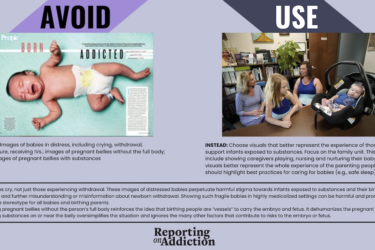
America’s shortage of minority dentists is “large and growing” according to a recent study published in Health Affairs.
It would take nearly 20,000 additional black dentists, more than 31,000 Hispanic dentists and almost 3,000 additional American Indian and Alaska Native dentists to bring minority dentists into parity with their presence in the U.S. population. Among minority dentists, only Asians are overrepresented by percentage in the dental workforce, the study’s authors found.
The chronic shortage of minority dentists has contributed to enduring oral health disparities in minority communities. Minority providers are more likely to serve minority communities than white dentists, according to the Institute of Medicine. The care they provide can also be more culturally and linguistically sensitive, as Hispanic health leaders reminded the nation during a meeting in Washington, D.C., last spring.
A more diverse oral health workforce could help advance oral health equity, study authors concluded.
“Evidence suggests that improving workforce diversity promotes social justice and also increases access, health equity, and health care quality, particularly for minority populations,” they wrote.
However, efforts to address the problem by recruiting more black, Hispanic, American Indian and Alaska Native students to dental schools have shown only “limited success” so far, the authors found.
“The 863 underrepresented minority students enrolled in dental school in 2015 represent 1.6 percent of the estimated 53,753 minority dentists needed for parity in the current system,” they wrote.
Dental school costs are high, and students often graduate with substantial debt. Newly graduated dentists face also significant expenses in establishing a practice, making it more difficult to practice in the high-need communities they may most wish to serve.
Even if more minority dentists enter the workforce, they alone cannot be expected to resolve “larger structural inequalities in access” to oral health services, according to the authors of the study.
The study calls for a rethinking of the current system of delivering dental services in the country and the expansion of the dental workforce.
Dental therapists and community health workers could play a significant role in serving their own minority communities, the authors wrote.
“These occupations may be attractive to individuals from historically disadvantaged populations who might otherwise not have considered dentistry, creating a new pipeline into dental practice; expanding career tracks within the dental field; and increasing the dental team’s economic, cultural, racial and ethnic diversity,” they said.







